Home>Ideas and Tips>Smart Garage Door Sensor Placement: Ensure Proper Functionality
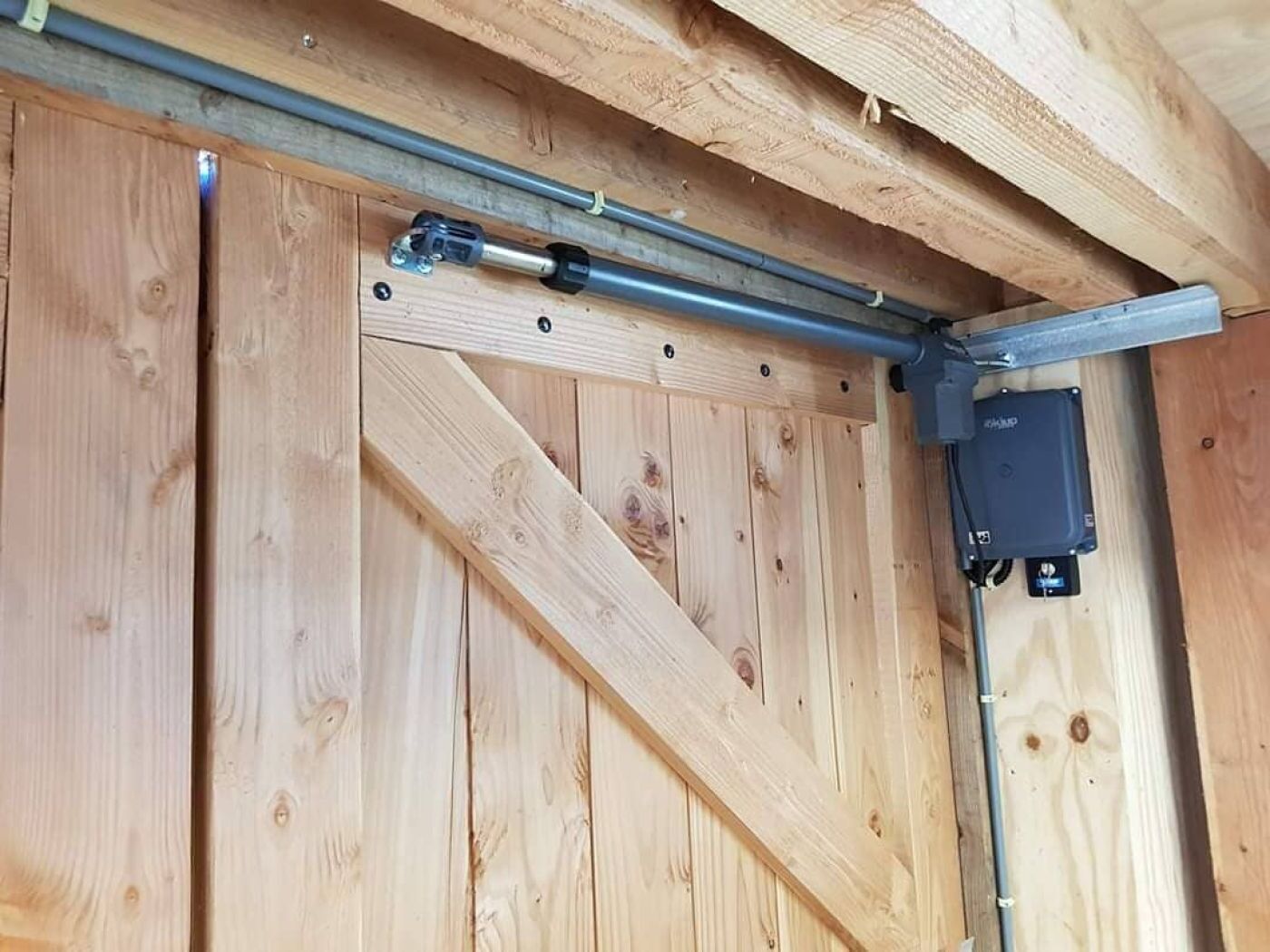

Ideas and Tips
Smart Garage Door Sensor Placement: Ensure Proper Functionality
Modified: October 20, 2024
Ensure your smart garage door sensor works flawlessly with our placement guide. Learn tips for accuracy, reliability, and optimal performance.
(Many of the links in this article redirect to a specific reviewed product. Your purchase of these products through affiliate links helps to generate commission for Storables.com, at no extra cost. Learn more)
Introduction
In today's smart home era, ensuring the proper functionality of various smart devices is crucial for maintaining a seamless and efficient living experience. One such device that plays a significant role in home security and convenience is the smart garage door sensor. These sensors not only provide real-time monitoring of the garage door's status but also offer advanced features like automatic notifications and integration with other smart home systems. However, for these sensors to function optimally, their placement is critical. In this article, we will delve into the importance of proper placement for smart garage door sensors and provide detailed guidelines on how to achieve this.
Importance of Proper Placement
Proper placement of smart garage door sensors is essential for several reasons:
-
Accuracy and Reliability: The primary function of a smart garage door sensor is to detect the opening and closing of the garage door accurately. Incorrect placement can lead to false readings, which may result in unnecessary notifications or missed alerts.
-
Range and Coverage: Smart garage door sensors typically operate within a specific range. Ensuring that the sensor is placed within this range ensures that it can detect the door's movement reliably.
-
Interference Reduction: Other electronic devices in the vicinity can interfere with the sensor's signal. Proper placement helps minimize such interference, ensuring that the sensor operates smoothly.
-
Aesthetics and Convenience: Smart garage door sensors are often designed to blend seamlessly with the garage door's design. Proper placement ensures that they are both functional and visually appealing.
Factors to Consider
When placing a smart garage door sensor, several factors need to be considered:
-
Distance from the Garage Door: The sensor should be placed at a distance that allows it to detect the door's movement accurately. Typically, this distance ranges from 1 to 3 feet (30 cm to 90 cm) from the garage door.
-
Line of Sight: The sensor should have an unobstructed line of sight to the garage door. Any obstacles between the sensor and the door can cause false readings or reduce the sensor's effectiveness.
-
Mounting Options: Smart garage door sensors often come with various mounting options such as adhesive strips, screws, or magnetic attachments. Choosing the right mounting option depends on the type of garage door and its surface material.
-
Environmental Factors: Weather conditions like rain or snow can affect the sensor's performance. Ensuring that the sensor is placed in a location that is protected from these elements is crucial.
-
Power Supply: If the sensor requires a power supply, it should be placed near a power outlet to avoid any issues related to battery life or connectivity.
Step-by-Step Guide to Proper Placement
1. Assess Your Garage Door
Before placing the smart garage door sensor, it is essential to assess your garage door's design and functionality. Consider the following:
- Type of Garage Door: Is it a manual or automatic door? Different types may require different placement strategies.
- Material: Is the door made of wood, metal, or another material? This can affect how the sensor is mounted.
- Obstacles: Are there any obstacles like pillars or beams that could interfere with the sensor's line of sight?
2. Choose the Right Mounting Option
Select a mounting option that suits your garage door's surface material and design:
- Adhesive Strips: Ideal for smooth surfaces like metal or glass.
- Screws: Suitable for wooden or metal doors.
- Magnetic Attachments: Useful for metal doors without damaging them.
3. Position the Sensor
Place the sensor at a distance that allows it to detect the door's movement accurately:
- Typical Distance: 1 to 3 feet (30 cm to 90 cm) from the garage door.
- Line of Sight: Ensure there are no obstacles between the sensor and the door.
4. Test the Sensor
After placing the sensor, test it thoroughly to ensure it is working correctly:
- Open and Close the Door: Check if the sensor detects each movement accurately.
- Check for False Readings: Verify that there are no false readings due to interference or line-of-sight issues.
5. Adjust as Necessary
If necessary, adjust the sensor's position or angle to improve its performance:
- Move Closer/Farther: Adjust the distance if necessary to achieve better detection.
- Adjust Angle: Tilt or rotate the sensor slightly if it's not detecting properly.
Advanced Placement Considerations
While basic placement guidelines are crucial, there are some advanced considerations that can enhance the functionality of your smart garage door sensor:
-
Multi-Sensor Systems: For larger garages or those with multiple doors, consider using multiple sensors placed strategically around the area.
-
Sensor Placement for Specific Needs:
- Security Focus: Place sensors near entry points or critical areas like the main entrance.
- Convenience Focus: Place sensors closer to the door for quicker detection and response times.
-
Integration with Other Devices:
- Ensure that your smart garage door sensor is compatible with other smart home devices like security cameras, lights, or door locks.
- Integrate these devices to create a comprehensive smart home system that enhances security and convenience.
Conclusion
Proper placement of smart garage door sensors is critical for ensuring accurate detection and reliable operation. By considering factors like distance from the garage door, line of sight, mounting options, environmental factors, and power supply, you can ensure that your smart garage door sensor functions optimally. Additionally, advanced considerations such as multi-sensor systems and integration with other devices can further enhance its functionality. By following these guidelines, you can enjoy the full benefits of a smart garage door sensor while maintaining a secure and convenient living environment.
References
For further information on smart home devices and their placement strategies, refer to the following resources:
By following these guidelines and considering the advanced placement strategies outlined above, you can ensure that your smart garage door sensor operates at its best, providing you with peace of mind and enhanced convenience in your home.
Was this page helpful?
At Storables.com, we guarantee accurate and reliable information. Our content, validated by Expert Board Contributors, is crafted following stringent Editorial Policies. We're committed to providing you with well-researched, expert-backed insights for all your informational needs.
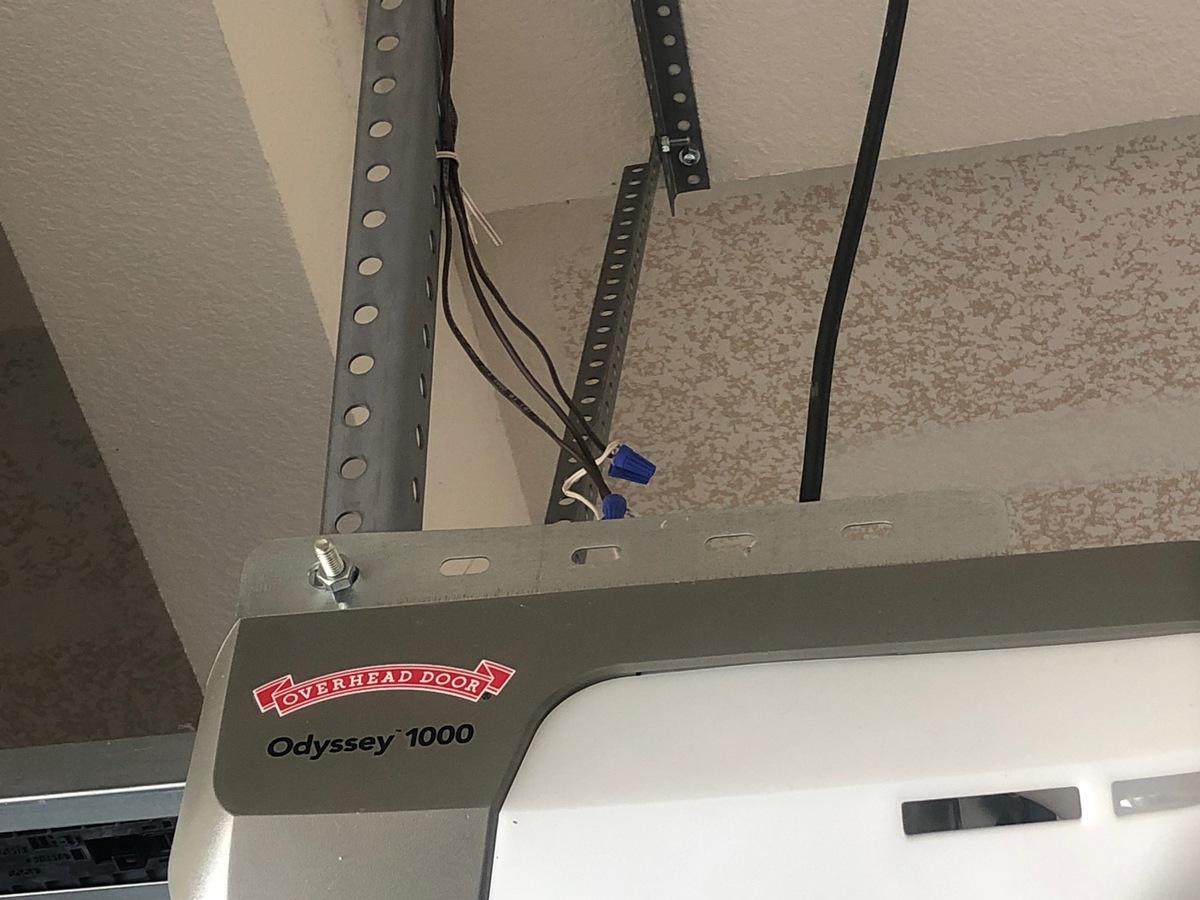
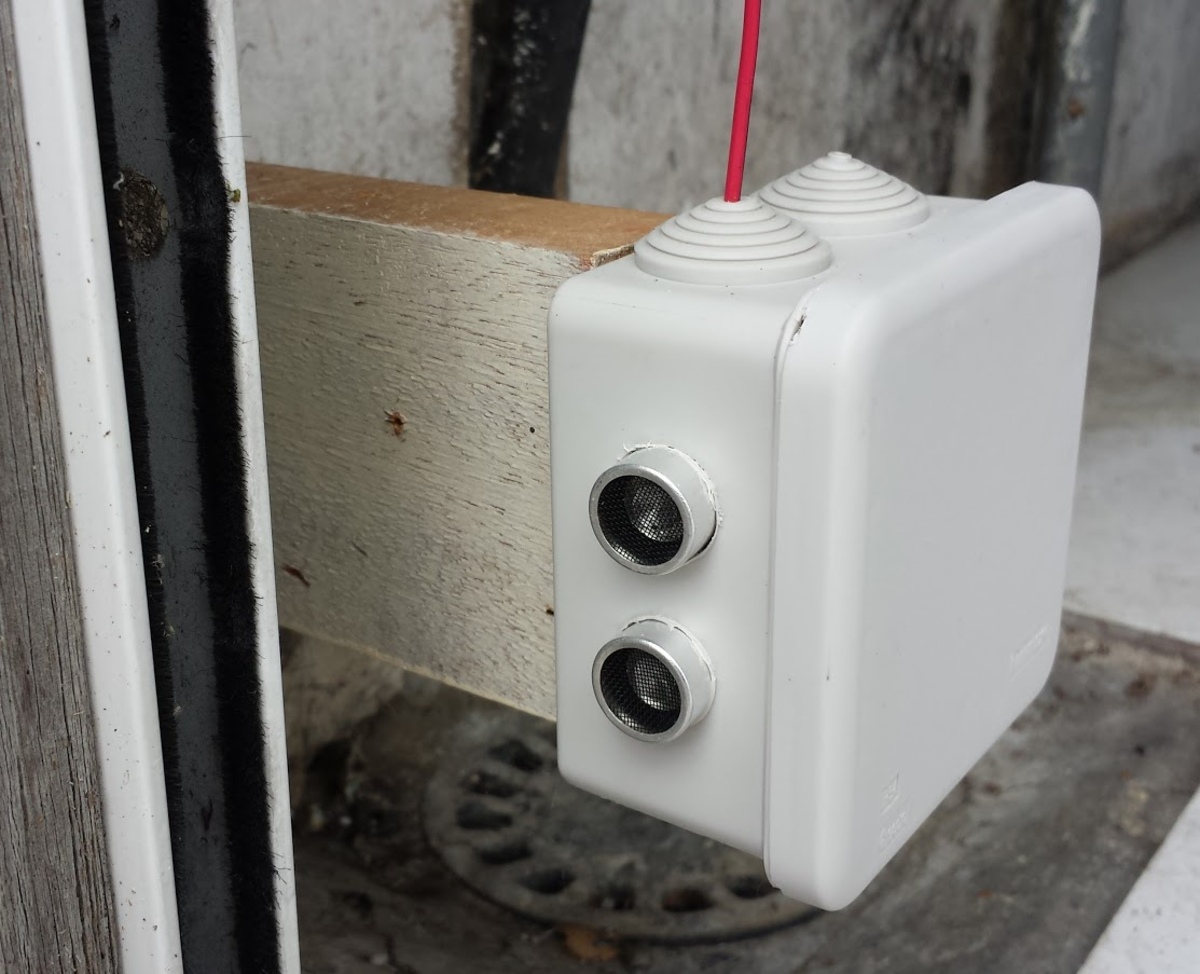
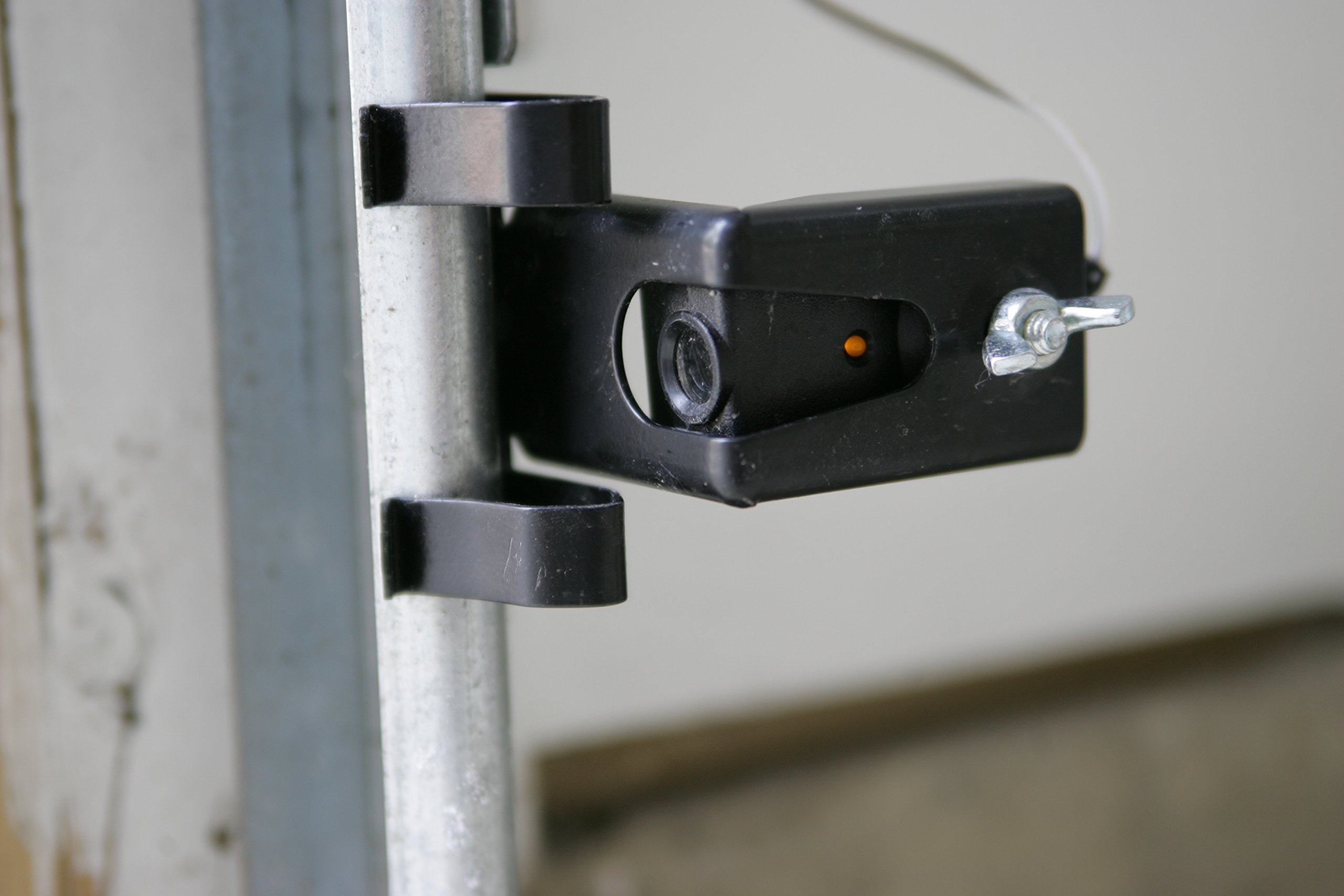
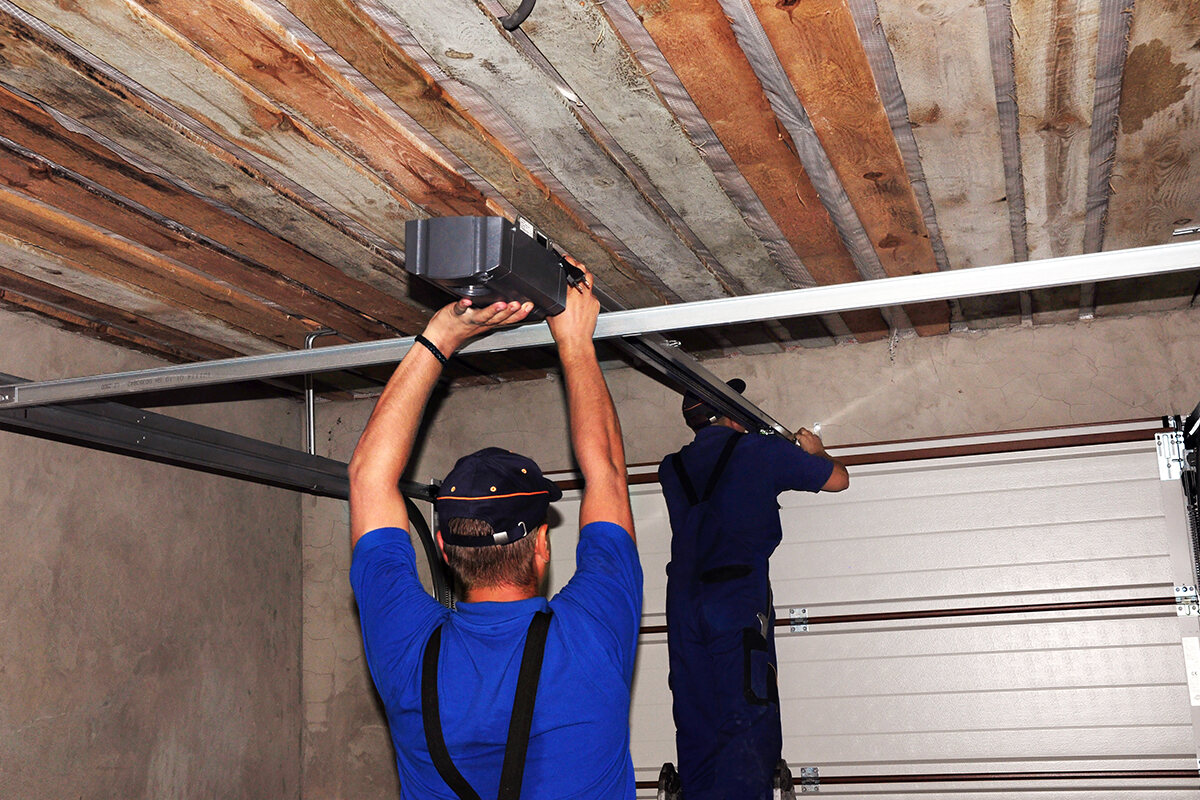
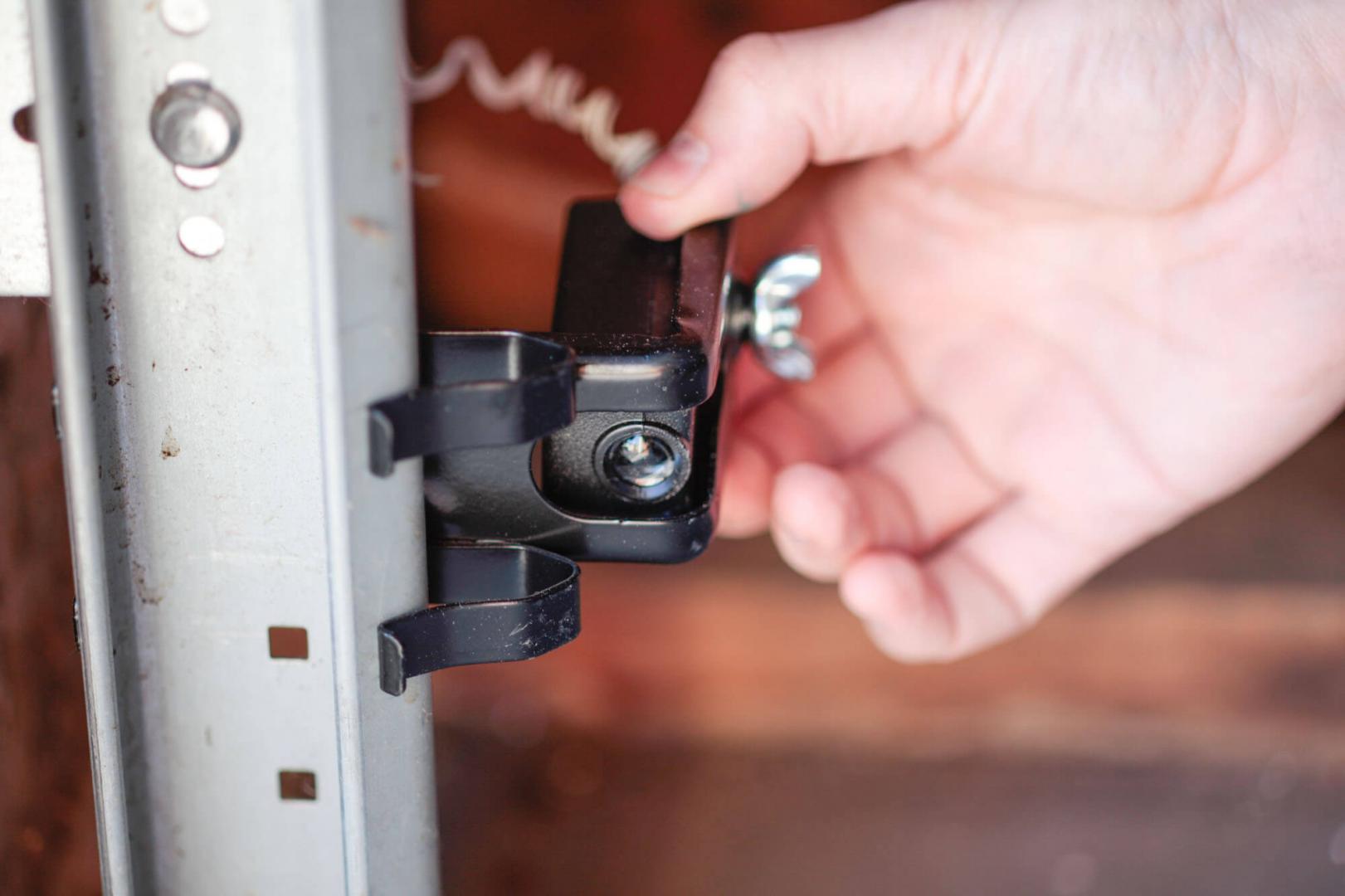
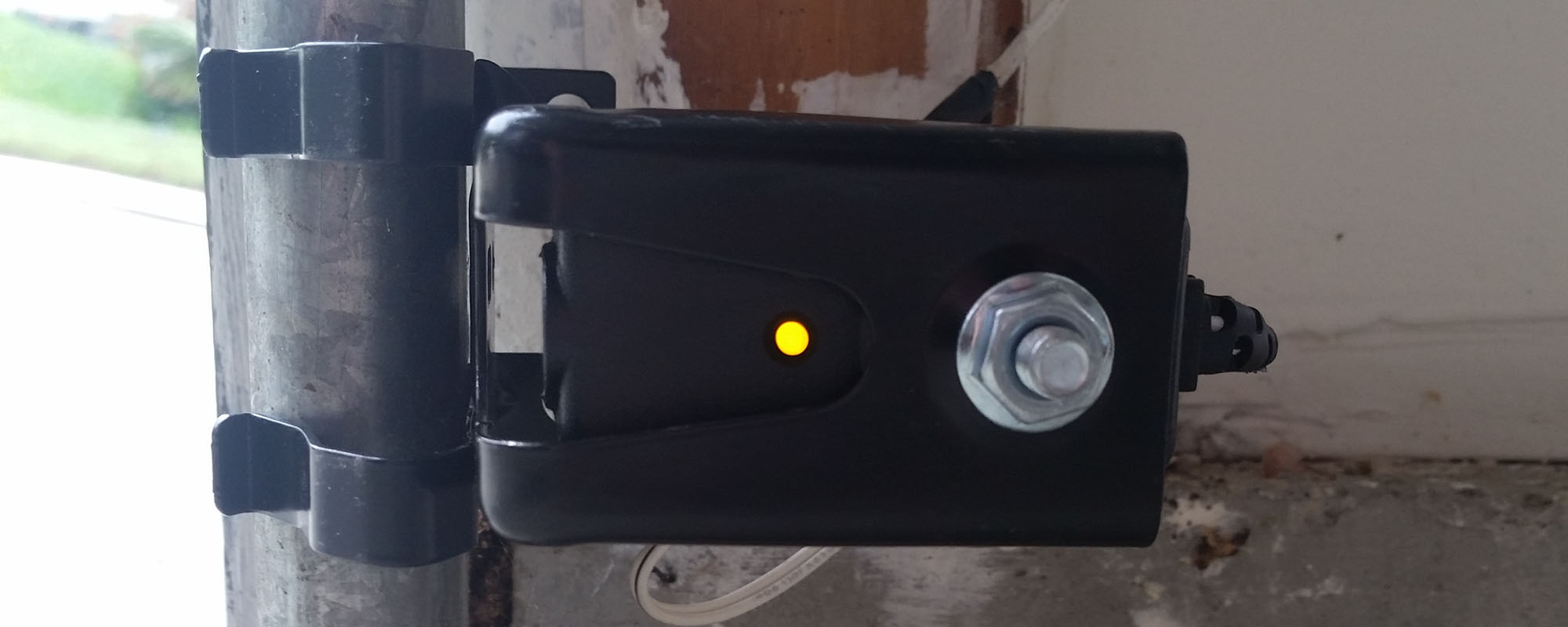
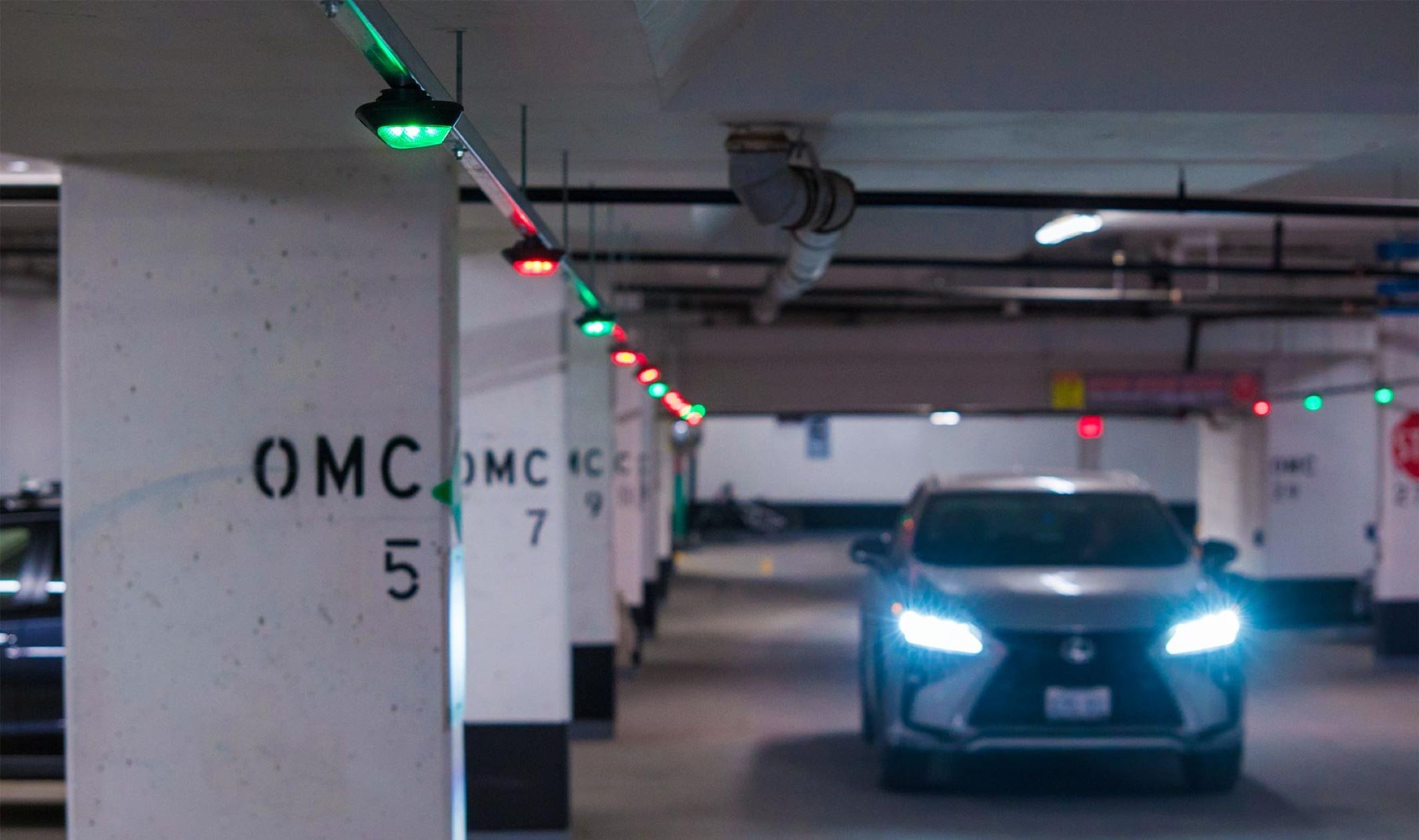
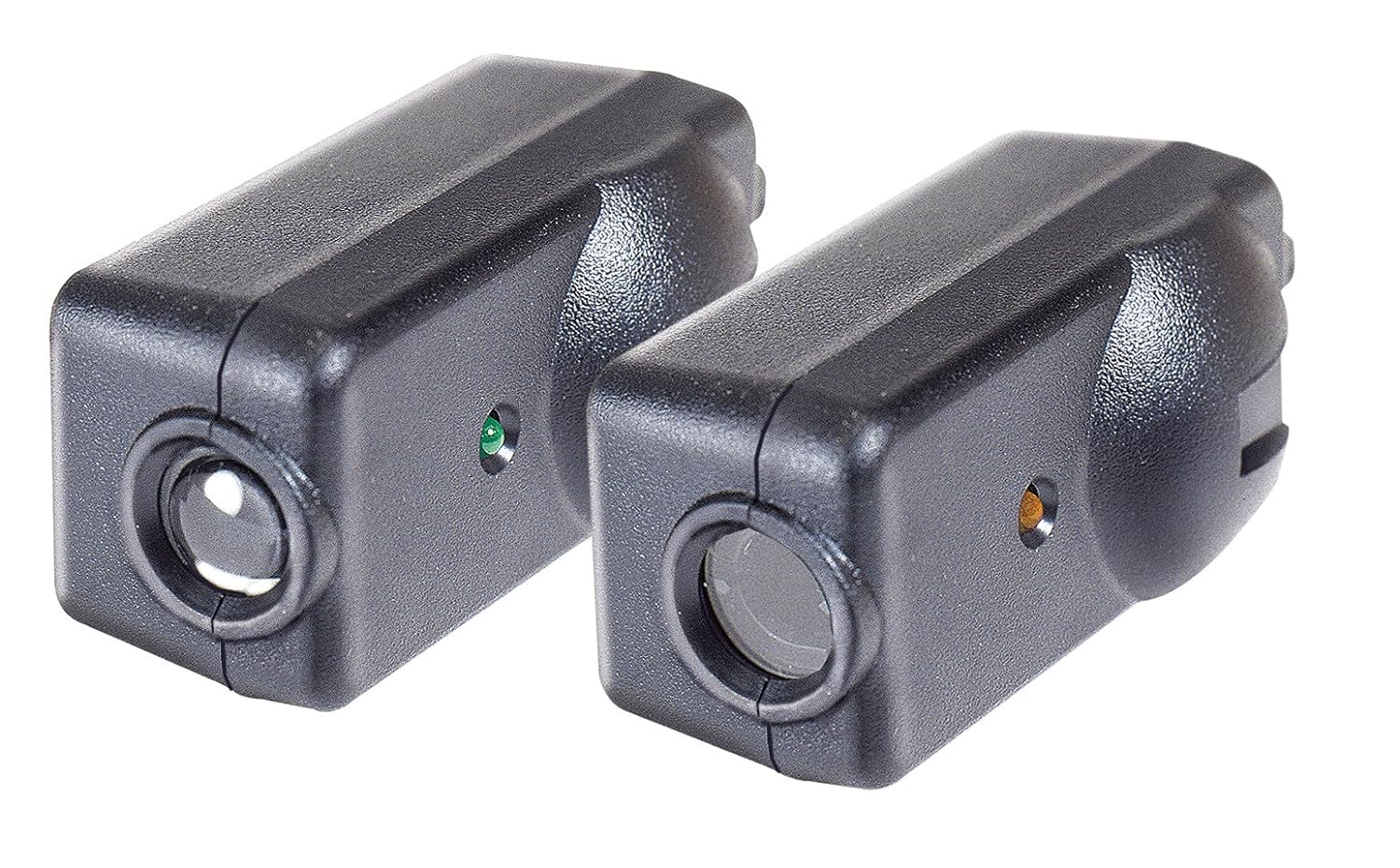
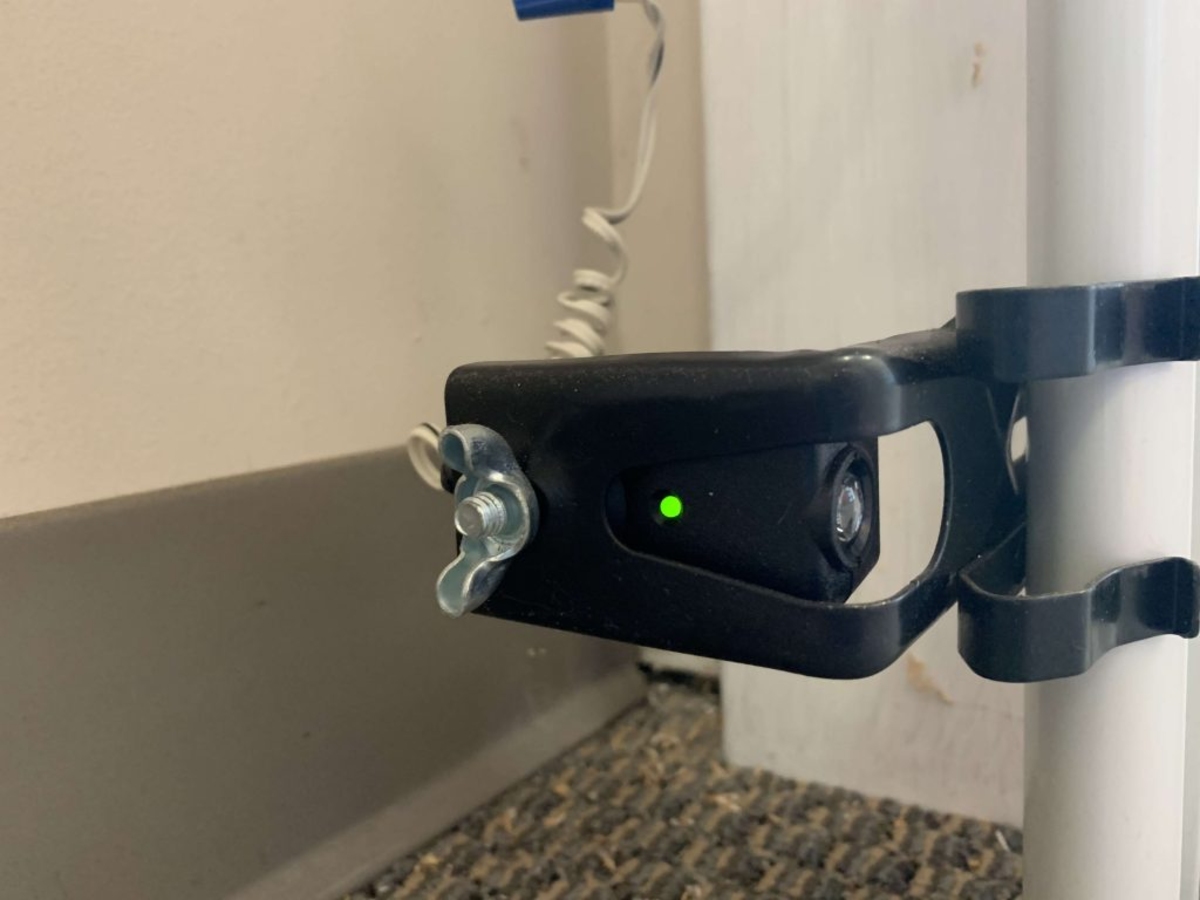
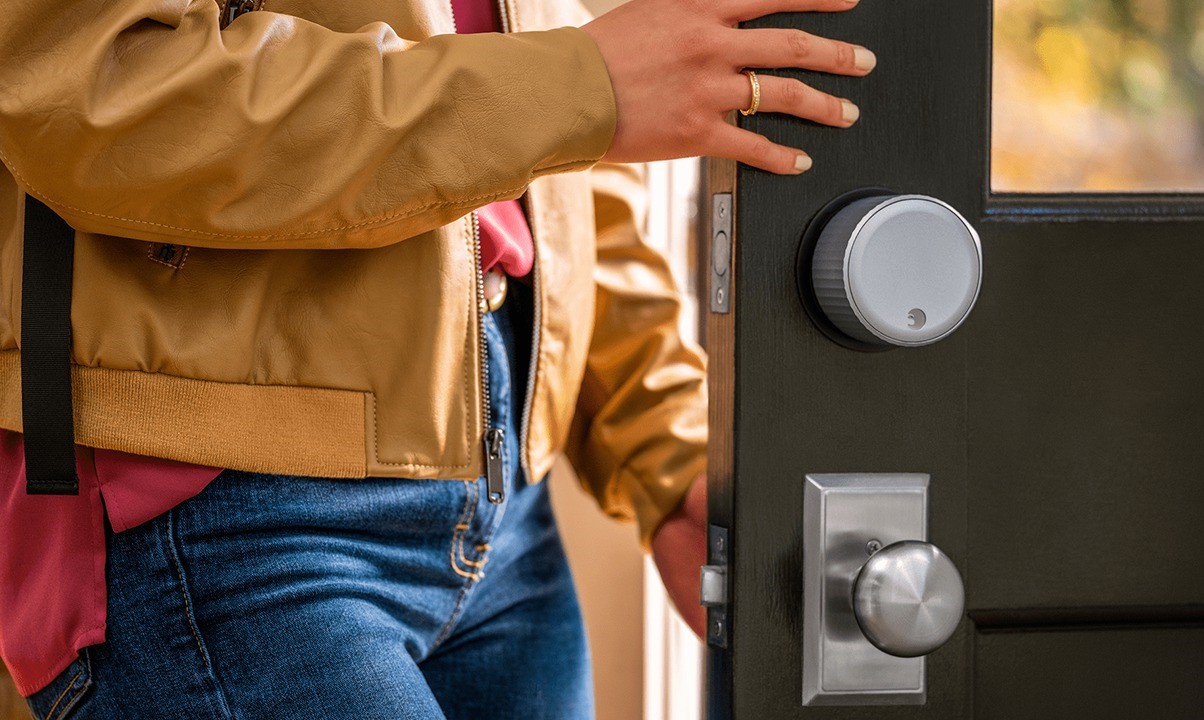
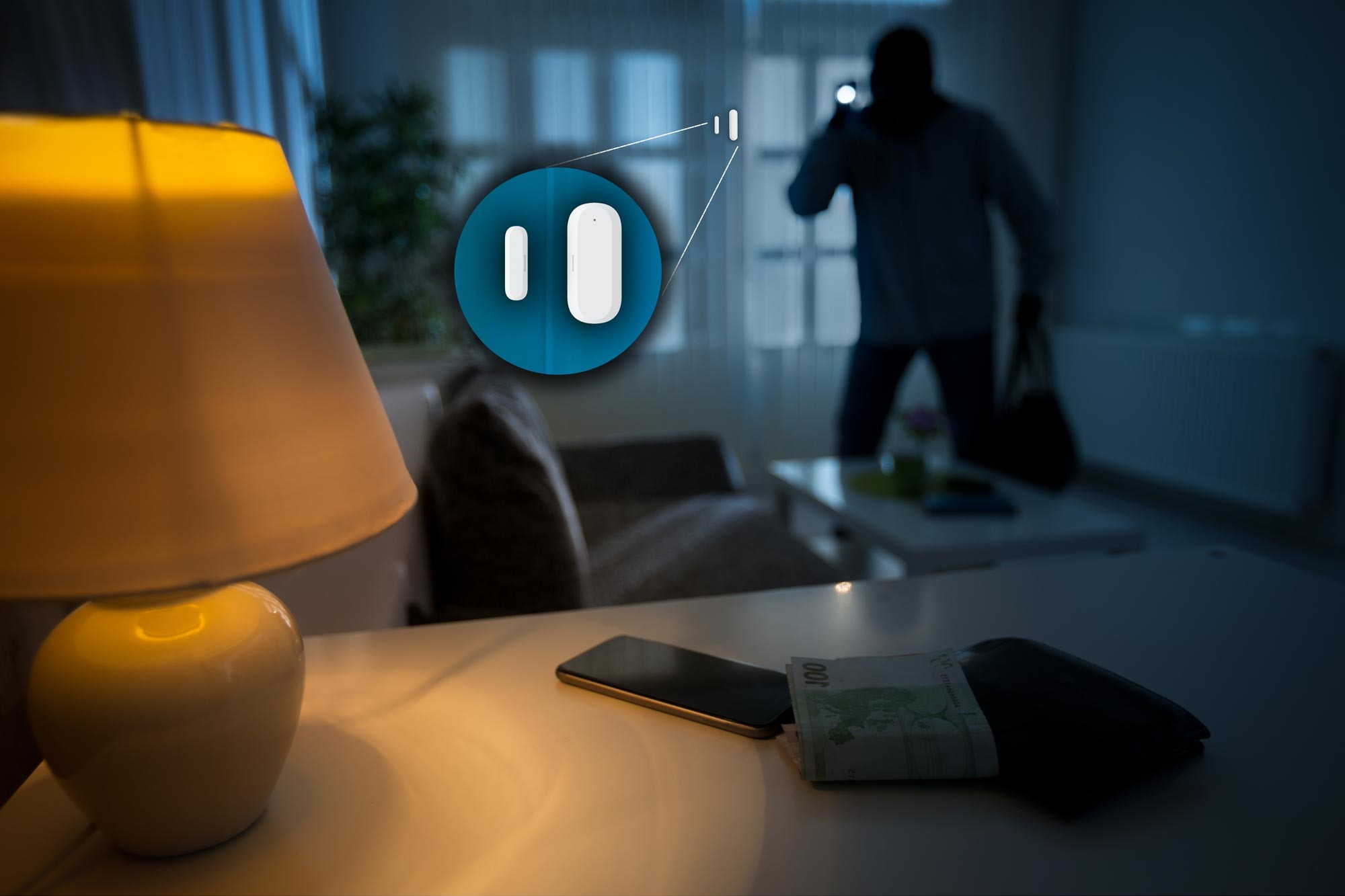
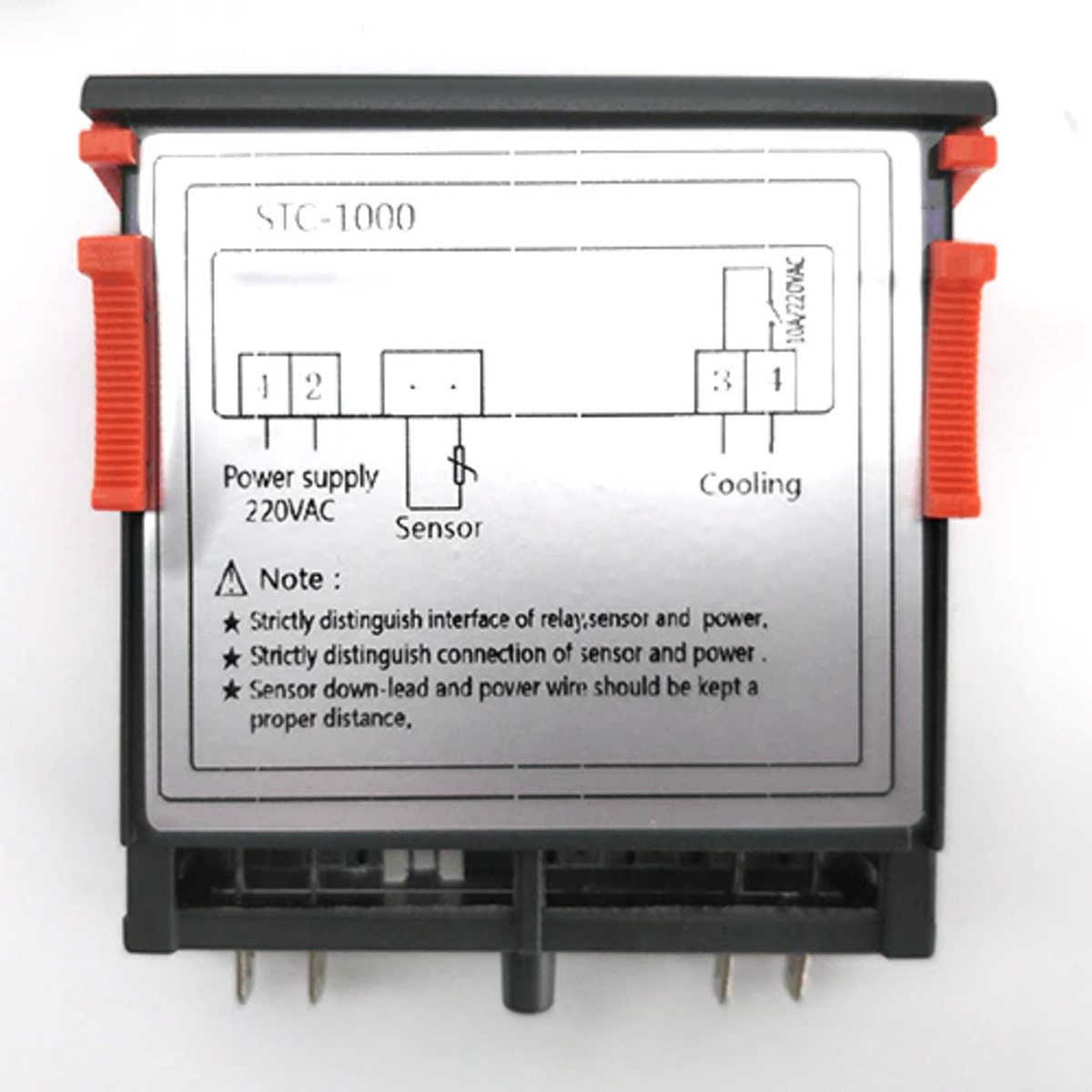


0 thoughts on “Smart Garage Door Sensor Placement: Ensure Proper Functionality”